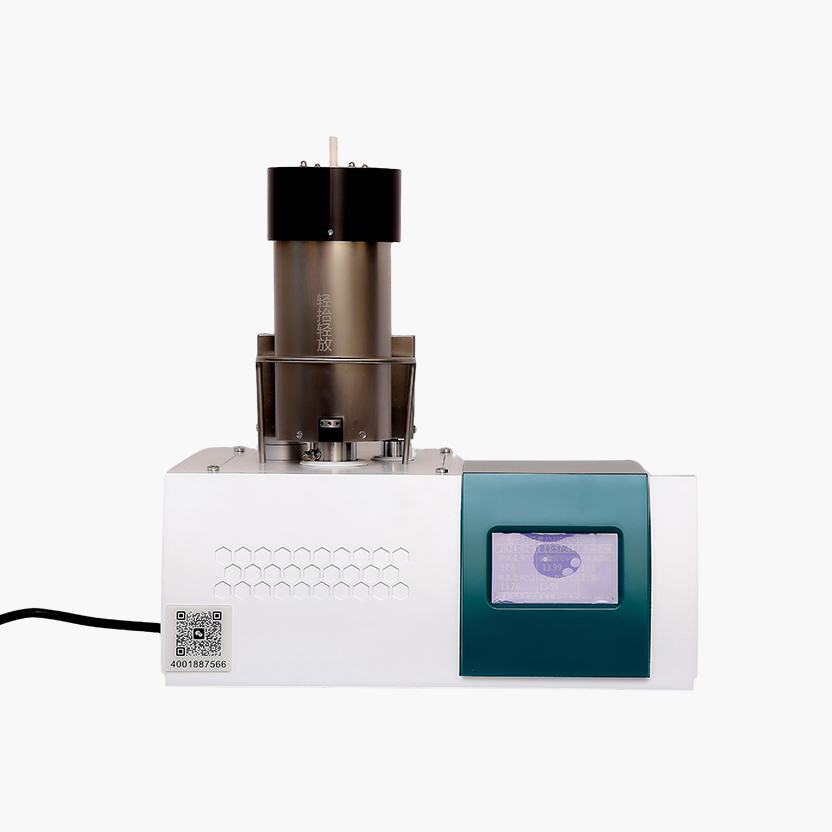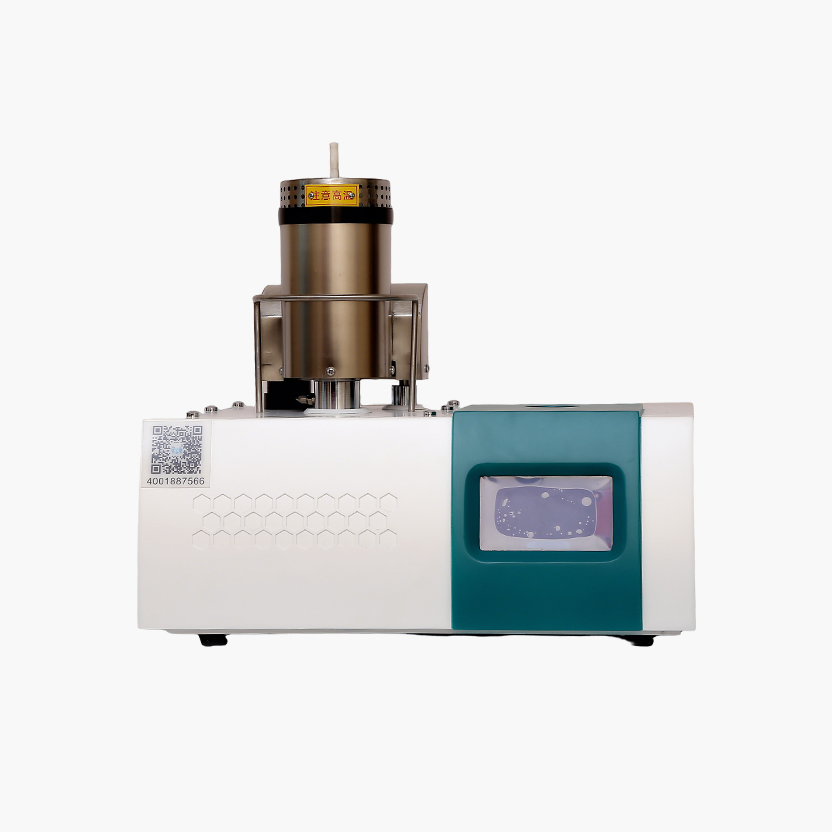Domestic thermal analysis instrument professional manufacturer
Dedicated to thermal analysis instrument for more than 20 years
Differential thermal analyzer
Instrument introduction
An instrument for measuring the temperature difference between a substance and a reference substance as a function of temperature under programmed temperature control.
Instrument use
It mainly measures the physical and chemical changes related to heat, such as the melting point of a substance, the heat of melting, the heat of crystallization and crystallization, the heat of phase transition reaction, the thermal stability (oxidation induction period), the glass transition temperature and so on.
Instrument characteristics
Integrated instrument with capacitors and atmosphere control to reduce signal loss and interference.
The atmosphere control system adopts the mass flow controller, and the two channels of stable pressure and steady flow gas can be automatically switched during the experiment, with high precision, good repeatability and fast response speed (the atmosphere control system can be customized to resist various corrosive gases).
The whole measurement process is completed automatically, and the drawing is automatic, and the DTA routine data processing can be completed by using the software function. Special data processing (DTA peak area, enthalpy calculation, kinetic parameter calculation, data comparison, multiple algorithms to calculate activation energy, glass transition temperature, comparative method to measure specific heat, etc.).
In the process of sample collection, the system can take a screenshot at any time and automatically change the range according to the output signal size.
Users can use indium, tin, lead and other standard samples to correct the accuracy of the temperature and energy of the instrument.
Large screen LCD display, real-time display of instrument status and data, two sets of temperature measurement couples, one set of electric couple real-time display furnace temperature (whether the heating furnace is working or not), the other set of electric couple display sample temperature at work.
The user gives the calculation formula or calculation method, our company can provide the corresponding software development products in time.
Self-developed constant temperature controller, constant temperature gas chromatography, mass spectrometry connection head, constant temperature belt, can fully ensure the tar and various reaction gas secondary detection.
Instrument index
The LCD screen displays the furnace temperature, sample temperature and gas path status in real time | |
Oxidation induction period test analysis software | |
Any temperature point within the temperature range can be constant for 72 hours | |
It has the function of crystallization kinetics calculation and step cooling curve drawing | |
DSC data | |
DSC measuring range | ±1mW~±500mW |
DSC accuracy | ±0.1μW |
Temperature data | |
Temperature range | HCR-1:Room temperature~1150℃ |
HCR-2:Room temperature~1250℃ | |
HCR-3:Room temperature~1450℃ | |
HCR-4:Room temperature~1550℃ | |
Temperature accuracy | ±0.1℃ |
Heating rate | 0.1℃/min ~ 100℃/min (customizable) |
Vacuum degree (after selecting vacuum unit) | 2.5×10-²pa |
Atmosphere system | Mass flow controller (atmosphere system can be customized to withstand various corrosive gases) |
Thermostatic controller;Gas chromatography, mass spectrometry connector;Constant temperature belt (optional) | Constant temperature range: room temperature ~ 200℃ |
Differential Thermal Data (DTA) | |
Measuring range | ±10μv ~ ±2000μv (no range control) |
DTA resolution | 0.01μv |
DTA noise | <0.01μv |
Crucible | Standard: Ceramic crucible 0.06ml or 0.12ml |
Optional configuration: aluminum crucible, graphite crucible, quartz crucible, platinum crucible | |





